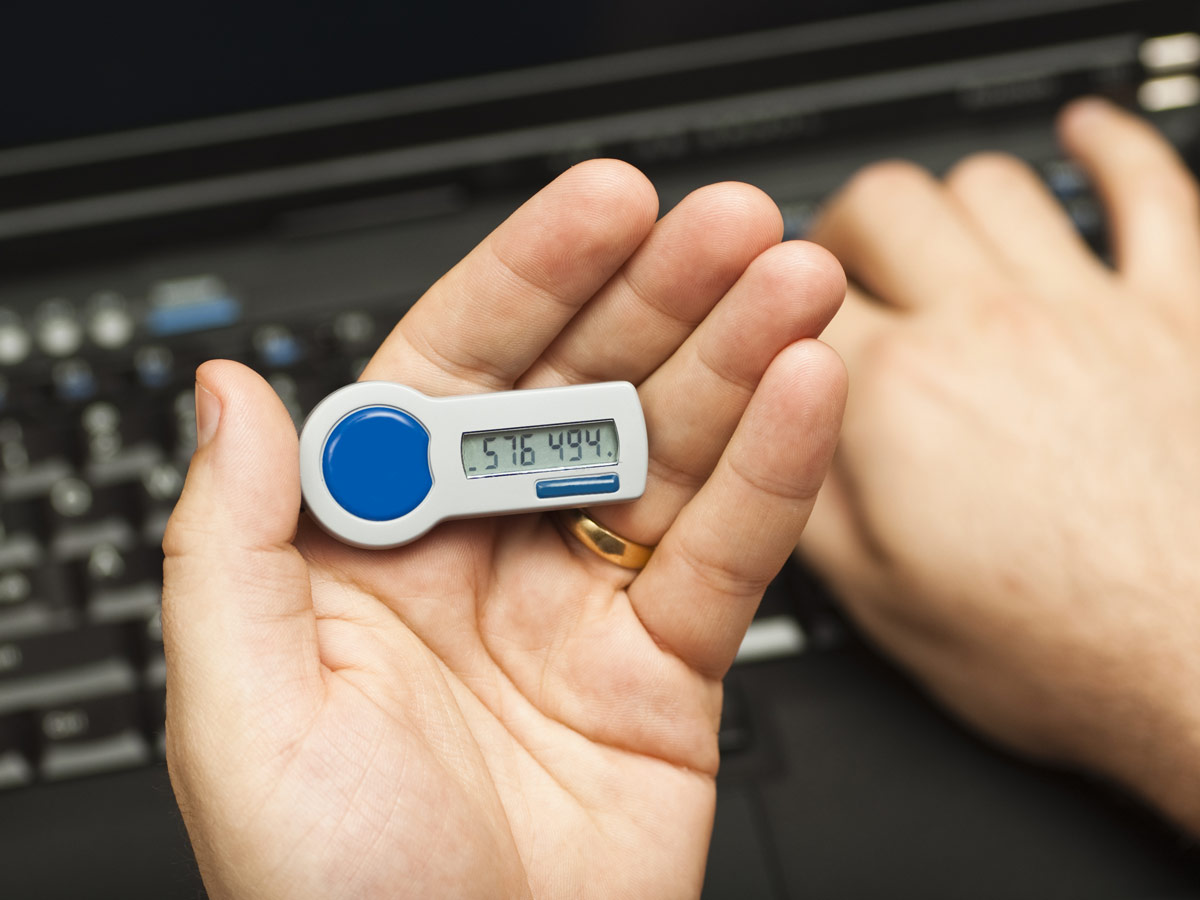
Cyber hygiene: Are your remote workers in the know?
 When connecting to unsecured Wi-Fi networks, use your company’s VNC or VPN and ensure you log on immediately after a connection is established (Shutterstock/Dave Clark Digital Photo)
When connecting to unsecured Wi-Fi networks, use your company’s VNC or VPN and ensure you log on immediately after a connection is established (Shutterstock/Dave Clark Digital Photo)
Public Wi-Fi networks (and fake Wi-Fi hotspots)—which hackers use to exploit remote desktop programs (RDPs), steal data, passwords, and send malware messages—are particularly vulnerable to a cyberattack.
According to the iPass Mobile Security Report 2018, which surveyed 500 CIO and IT decision-makers, 81 per cent said they had witnessed Wi-Fi-related security incidents in the past 12 months, with cafés/coffee shops, airports and hotels ranking where incidents had occurred most often.
The cross-use of personal and professional devices by remote workers is another top security issue. Using work devices for personal matters (such as online banking, shopping, texting and emailing), or using personal devices for work activities (such as file sharing, email or data storage), as well as saving log-in information across devices all pose significant data breach risks.
Get your employees on board by encouraging these cyber-hygiene best practices:
- Verify the legitimacy of the network, and/or IP address, you’re about to use.
- Turn off file sharing on your device.
- Use your company’s VNC or VPN and ensure you log on immediately after connecting to the network.
- Use antivirus software and activate the firewall.
- Avoid completing financial transactions on a public network.
- Never leave your device open and unattended at your remote working location.
- Once a project is complete, wipe the data you will no longer use or need from your device.